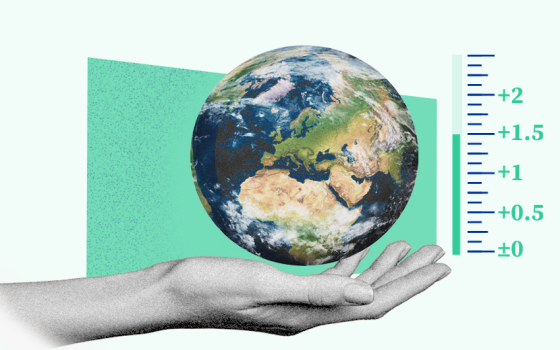
اعتماد اللائحة الاوروبية لاستعادة الطبيعة للتخفيف من تداعيات التغير المناخي واثار الكوارث الطبيعية

- Europe and Arabs
- الاثنين , 17 يونيو 2024 15:26 م GMT
بروكسل : اوروبا والعرب
اعتمد مجلس الاتحاد الاوروبي رسميًا اليوم اللائحة الأولى من نوعها بشأن استعادة الطبيعة. ويهدف هذا القانون إلى وضع تدابير لاستعادة ما لا يقل عن 20% من المناطق البرية والبحرية في الاتحاد الأوروبي بحلول عام 2030، وجميع النظم البيئية التي تحتاج إلى الاستعادة بحلول عام 2050.
وهي تحدد أهدافًا والتزامات محددة وملزمة قانونًا لاستعادة الطبيعة في كل من النظم البيئية المدرجة - من النظم البيئية الأرضية إلى البحرية والنظم البيئية للمياه العذبة والحضرية.
وتهدف اللائحة إلى التخفيف من تغير المناخ وآثار الكوارث الطبيعية. وسوف يساعد الاتحاد الأوروبي على الوفاء بالتزاماته البيئية الدولية، واستعادة الطبيعة الأوروبية.
يسعدني هذا التصويت الإيجابي على قانون استعادة الطبيعة، الذي تم الاتفاق عليه بين البرلمان الأوروبي والمجلس قبل عام تقريبًا. إنها نتيجة العمل الشاق الذي أتى بثماره. ليس هناك وقت للاستراحة في حماية بيئتنا. واليوم، يختار مجلس الاتحاد الأوروبي استعادة الطبيعة في أوروبا، وبالتالي حماية التنوع البيولوجي والبيئة المعيشية للمواطنين الأوروبيين. ومن واجبنا أن نستجيب للحاجة الملحة لانهيار التنوع البيولوجي في أوروبا، ولكن أيضا تمكين الاتحاد الأوروبي من الوفاء بالتزاماته الدولية. وسيكون بوسع الوفد الأوروبي أن يذهب إلى مؤتمر الأطراف القادم ورأسه مرفوع.
آلان مارون، وزير التحول المناخي والبيئة والطاقة والديمقراطية التشاركية في حكومة منطقة العاصمة بروكسل
استعادة النظم البيئية البرية والبحرية
ستساعد القواعد الجديدة على استعادة النظم البيئية المتدهورة عبر الموائل البرية والبحرية للدول الأعضاء، وتحقيق الأهداف الشاملة للاتحاد الأوروبي بشأن التخفيف من آثار تغير المناخ والتكيف معه، وتعزيز الأمن الغذائي.
وتتطلب اللائحة من الدول الأعضاء وضع وتنفيذ تدابير لاستعادة ما لا يقل عن 20% من المناطق البرية والبحرية للاتحاد الأوروبي بحلول عام 2030.
وتغطي اللائحة مجموعة من النظم البيئية الأرضية والساحلية والمياه العذبة والغابات والزراعية والحضرية، بما في ذلك الأراضي الرطبة والمراعي والغابات والأنهار والبحيرات، بالإضافة إلى النظم البيئية البحرية، بما في ذلك الأعشاب البحرية والإسفنج والشعاب المرجانية.
حتى عام 2030، ستعطي الدول الأعضاء الأولوية لمواقع Natura 2000 عند تنفيذ تدابير الاستعادة.
فيما يتعلق بالموائل التي تعتبر في حالة سيئة، كما هو مدرج في اللائحة، ستتخذ الدول الأعضاء تدابير لاستعادة:
30% على الأقل بحلول عام 2030
60% على الأقل بحلول عام 2040
90% على الأقل بحلول عام 2050
جهود عدم التدهور
ستبذل الدول الأعضاء جهودًا لمنع التدهور الكبير في المناطق التي:
وصلت إلى حالة جيدة بفضل الترميم
استضافة الموائل البرية والبحرية المدرجة في اللائحة
حماية الملقحات
في العقود الأخيرة، انخفضت وفرة وتنوع الملقحات الحشرية البرية في أوروبا بشكل كبير. ولمعالجة هذه المشكلة، تقدم اللائحة متطلبات محددة للتدابير الرامية إلى عكس انخفاض أعداد الملقحات بحلول عام 2030 على أبعد تقدير.
التدابير الخاصة بالنظام البيئي
وتحدد اللائحة متطلبات محددة لأنواع مختلفة من النظم البيئية، بما في ذلك الأراضي الزراعية والغابات والنظم البيئية الحضرية.
وستضع الدول الأعضاء تدابير تهدف إلى تعزيز اثنين من هذه المؤشرات الثلاثة: عدد فراشات الأراضي العشبية، ومخزون الكربون العضوي في التربة المعدنية للأراضي الزراعية، وحصة الأراضي الزراعية التي تتميز بمناظر طبيعية عالية التنوع. تعد زيادة أعداد طيور الغابات والتأكد من عدم وجود خسارة صافية في المساحات الخضراء الحضرية وغطاء مظلة الأشجار حتى نهاية عام 2030 من التدابير الرئيسية لهذا القانون الجديد.
ستضع الدول الأعضاء تدابير تهدف إلى استعادة أراضي الخث المستنزفة والمساعدة في زراعة ما لا يقل عن ثلاثة مليارات شجرة إضافية بحلول عام 2030 على مستوى الاتحاد الأوروبي. ومن أجل تحويل ما لا يقل عن 25 ألف كيلومتر من الأنهار إلى أنهار تتدفق بحرية بحلول عام 2030، ستتخذ الدول الأعضاء تدابير لإزالة الحواجز التي صنعها الإنسان أمام توصيل المياه السطحية.
خطط الترميم الوطنية
وبموجب القواعد الجديدة، يجب على الدول الأعضاء التخطيط للمستقبل وتقديم خطط استعادة وطنية إلى المفوضية، مع توضيح كيفية تحقيق الأهداف. ويتعين عليهم أيضا أن يرصدوا التقدم الذي يحرزونه ويقدمون تقارير عنه، استنادا إلى مؤشرات التنوع البيولوجي على مستوى الاتحاد الأوروبي.
سيتم الآن نشر اللائحة في الجريدة الرسمية للاتحاد الأوروبي وتدخل حيز التنفيذ. وسوف يصبح قابلاً للتطبيق بشكل مباشر في جميع الدول الأعضاء.
وبحلول عام 2033، ستقوم الهيئة بمراجعة تطبيق اللائحة وتأثيراتها على قطاعات الزراعة ومصايد الأسماك والغابات، فضلاً عن آثارها الاجتماعية والاقتصادية الأوسع.
اقترحت المفوضية الأوروبية قانون استعادة الطبيعة في 22 يونيو 2022، في إطار استراتيجية الاتحاد الأوروبي للتنوع البيولوجي لعام 2030، والتي تعد جزءًا من الصفقة الخضراء الأوروبية. أكثر من 80% من الموائل الأوروبية في حالة سيئة. ولم تتمكن الجهود السابقة لحماية الطبيعة والحفاظ عليها من عكس هذا الاتجاه المثير للقلق.
ولهذا السبب، وللمرة الأولى على الإطلاق، قررت اللائحة اعتماد تدابير ليس فقط للحفاظ على الطبيعة، بل أيضًا لاستعادتها. وستساعد اللائحة الاتحاد الأوروبي على الوصول إلى التزاماته الدولية، ولا سيما إطار كونمينغ-مونتريال العالمي للتنوع البيولوجي المتفق عليه في مؤتمر الأمم المتحدة للتنوع البيولوجي لعام 2022 (COP15).


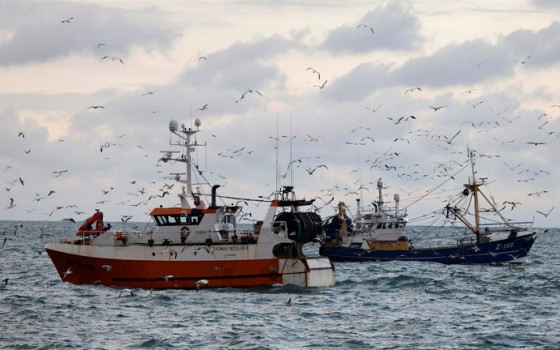

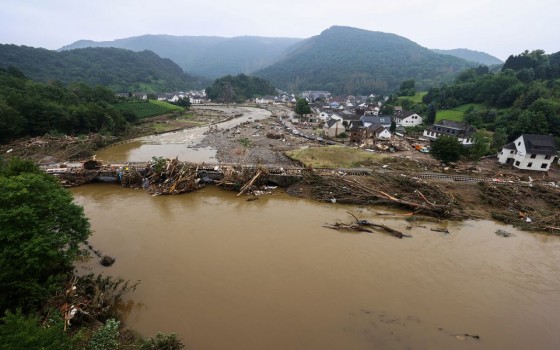
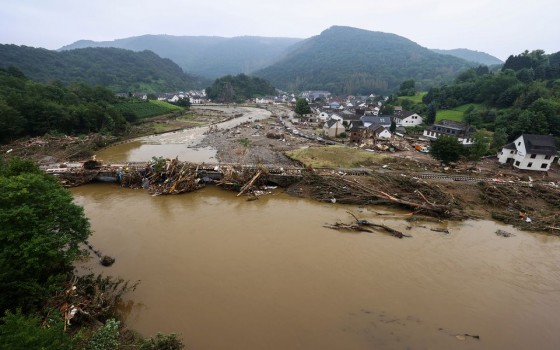


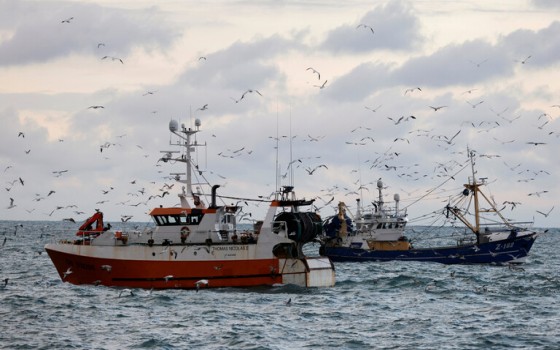



لا يوجد تعليقات